10 Funds to Buy for High-Yield Preferred Stocks
Preferred stocks – a high-yield asset that’s typically referred to as a stock-bond “hybrid” because it has characteristics of each – are treading water this year after a strong showing in 2017.


Preferred stocks – a high-yield asset that’s typically referred to as a stock-bond “hybrid” because it has characteristics of each – are treading water this year after a strong showing in 2017.
But that’s OK. Preferred stocks typically aren’t bought for upside potential – it’s about stability and income. “Straight preferred stock funds without other equities are fixed-income securities with a low correlation to the stock market,” says Jay Hatfield, founder and chief executive officer of Infrastructure Capital Advisors (InfraCap) and co-portfolio manager of the Virtus InfraCap U.S. Preferred Stock ETF (PFFA). He adds that they can reduce portfolio volatility “and be used to rebalance during down markets.”
Now might be the right time, considering the rising-interest-rate atmosphere. While preferreds “have long duration and are sensitive to movements in long-term interest rates,” Hatfield and his team expect the 30-year Treasury to stay in the 3%-3.5% area, which means preferred stocks “will be attractive with yields of over 6%.”
Eric Chadwick, president of preferred-stock specialist Flaherty & Crumrine, also downplays any interest-rate risk. “Preferreds tend to perform well relative to other fixed income in periods of rising interest rates, although the path may be bumpy along the way,” Chadwick says, adding that preferreds tend to price in interest rate hikes early.
Here’s a look at 10 funds that can help you jump on this income opportunity in preferred stocks. Chadwick and Hatfield both suggest investing in a broad, actively managed preferred-stock funds, though investors looking for inexpensive options have their pick of a couple cheap exchange-traded funds, too. Let’s dig in:
Data is as of July 10, 2018. Click on ticker-symbol links in each slide for current share prices and more.
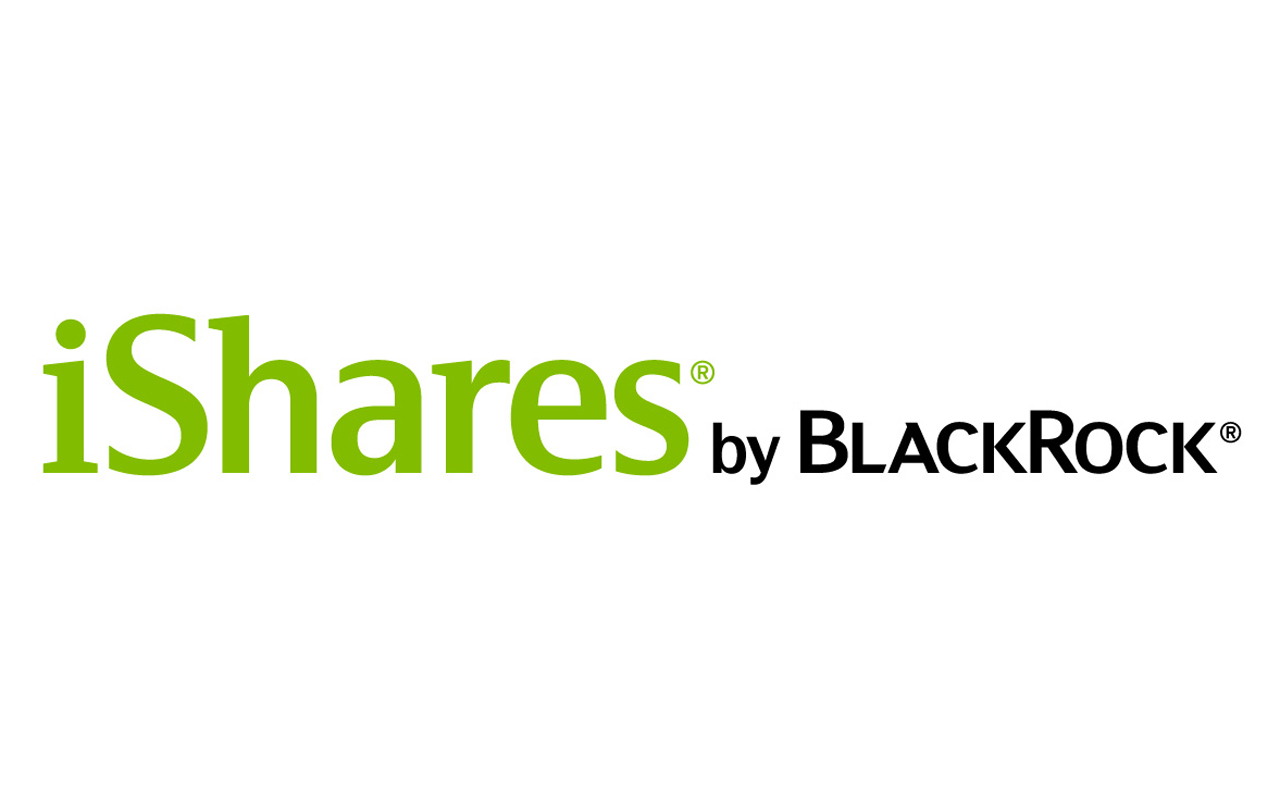
iShares US Preferred Stock ETF
- Market value: $16.8 billion
- SEC yield: 5.7%
- Expenses: 0.47%, or $47 annually for every $10,000 invested
- The iShares US Preferred Stock ETF (PFF, $37.97) is one of the most basic options for investors looking to get into preferred shares. It’s the largest exchange-traded fund by assets under management, it has high volume and its expenses are reasonable. Plus, at roughly 300 holdings, it’s plenty diversified.
The PFF is very typical in that the largest chunk of preferreds are in bank, insurance and other financial stocks (66%) from the likes of Citigroup (C), Barclays (BCS) and Wells Fargo (WFC). Another 14% is invested in real estate investment trust (REIT) preferred stocks, and there’s a smattering of energy, utility and other preferreds as well.
You’re not getting anything complex or targeted with PFF, for better or worse. It’s cheap, it’s efficient and it’s diversified.
*SEC yield reflects the interest earned after deducting fund expenses for the most recent 30-day period and is a standard measure for bond and preferred-stock funds.
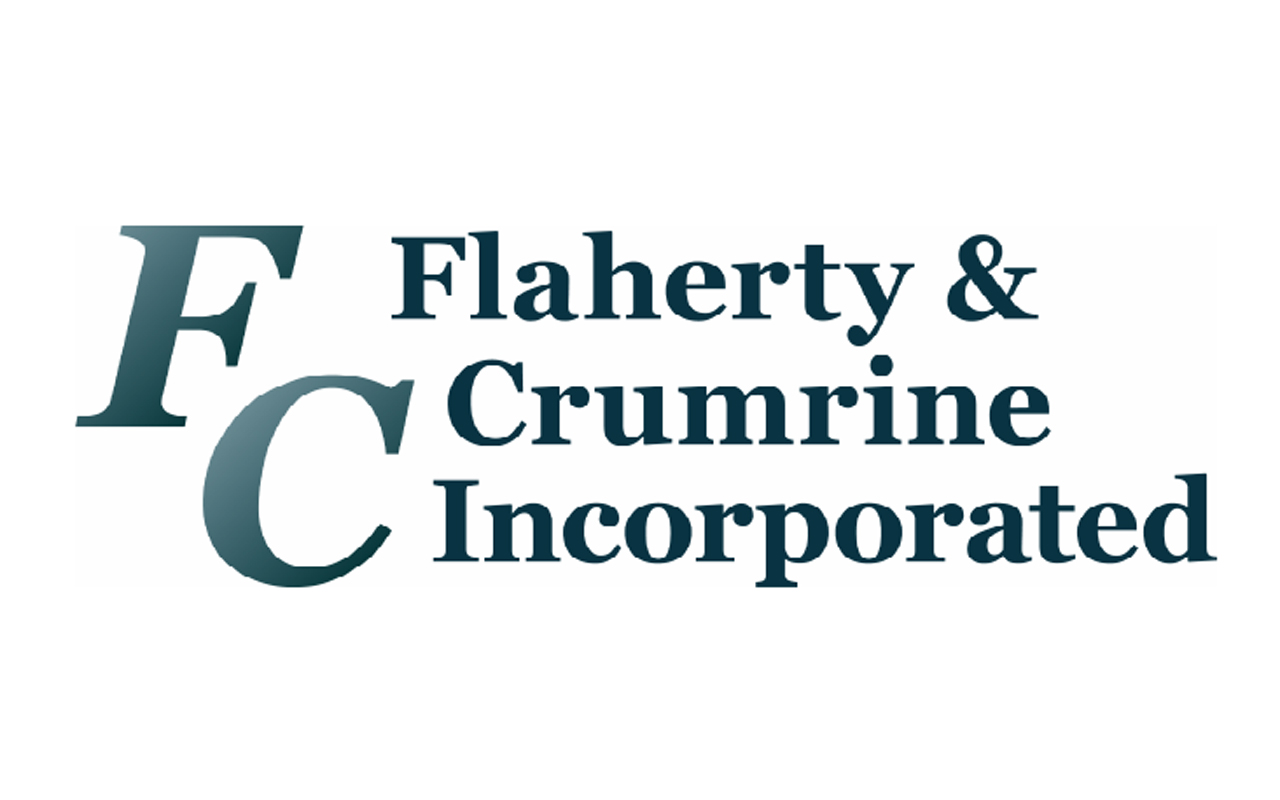
Flaherty & Crumrine Total Return Fund
- Market value: $192.7 million
- Distribution rate: 7.4%*
- Expenses: 1.26%
- The Flaherty & Crumrine Total Return Fund (FLC, $19.35) has a goal of, obviously, generating the best total return over a long period of time. Mission accomplished: Over the past 10 years, it has beaten the PFF by a wide margin of 246% to 94%.
Flaherty & Crumrine isn’t a household name among most investors, but it’s a pretty big player in preferred stocks. The fund, over the past 35 years, has grown to manage five closed-end funds (CEFs) and a mutual fund all dedicated to preferred shares in one way or another.
The catch? A large part of that return is paid out through its 7.4% distribution, which is considerably larger than PFF’s dividend … but that distribution isn’t as dependable as PFF. Payouts have fallen by about a quarter over the fund’s 15-year lifespan, including a recent cut at the start of 2018 (the third cut in three years). You’re still getting a higher yield than many preferred funds, but you have to accept that cuts are part of life with FLC, which may affect your retirement planning. So is volatility – this fund bobs and weaves far more than the PFF.
But long-term, Flaherty & Crumrine Total Return has rewarded patient investors.
*Distribution rate can be a combination of dividends, interest income, realized capital gains and return of capital, and is an annualized reflection of the most recent payout. Distribution rate is a standard measure for CEFs.

Flaherty & Crumrine Preferred Income Fund
- Market value: $153.1 million
- Distribution rate: 6.8%
- Expenses: 1.28%
- Flaherty & Crumrine Preferred Income Fund (PFD, $13.68) is one of the oldest preferred-stock funds in existence, launching in 1991. Its past decade of performance has been excellent, at 13% annually to easily outstrip most of its competitors.
But there’s something else to like about PFD right now. CEFs’ market prices can deviate from their net asset values – sometimes trading at a premium, and sometimes at a discount. Over the past three years, this fund on average has traded at a nearly 4% premium to its NAV. However, that premium is a slim 0.4% right now – which means that current prices are a better deal than what PFD has offered for most of the past three years.
Like FLC, PFD’s distribution was cut at the start of 2018 (and like FLC, this is the third cut in as many years), and that nipped the price significantly. But the fund’s total NAV return hasn’t significantly faltered. Considering that, and considering that PFD has gone through periods of flat performance many times before only to reverse course and beat the market soon thereafter, investors have reason to believe that a higher premium – and higher prices – may be in the offing.

John Hancock Preferred Income Fund II
- Market value: $461.1 million
- Distribution rate: 7.8%
- Expenses: 1.25%
- The John Hancock Preferred Income Fund II (HPF, $21.68) is managed by John Hancock, which is known for providing a variety of retirement solutions; its CEFs are just one link in a very large chain.
This John Hancock fund isn’t terribly different from many other funds – it’s mostly domestic with a smattering of international stocks. Banks play a big role. Like a couple of these other funds, too, HPF trades for a slight premium at the moment – for good reason. The fund has generated an attractive 11.3% annual average total return over the past decade, and its distribution has remained mostly level over the past seven years.
Credit quality on the bonds isn’t particularly stellar, with 56% of the portfolio in BBB (just above junk) and another 40% in BB (junk) or worse. But that – as well as high 34% leverage, which is where the fund takes out debt to finance even more investment – is helping fuel an attractive distribution rate of nearly 8%.
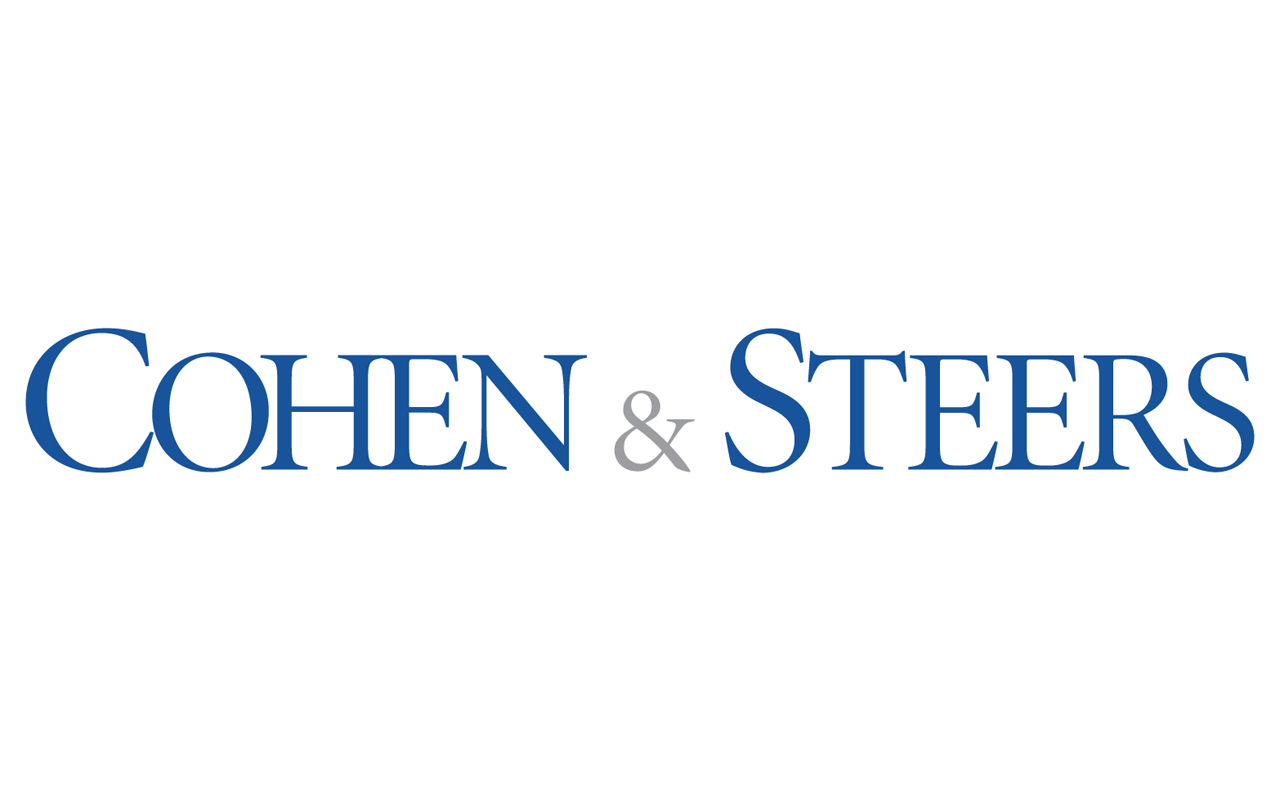
Cohen & Steers Select Preferred and Income Fund
- Market value: $325.8 million
- Distribution rate: 7.6%
- Expenses: 1.19%
- The Cohen & Steers Select Preferred and Income Fund (PSF, $27.16) primarily focuses on preferreds (C&S also offers mixed funds that include REITs and other high-yield investments). Nearly 80% of the fund is invested in banking, insurance and financial-services companies, with utilities the next biggest sector weighting at just 6%.
Cohen & Steers is a CEF and mutual fund provider that has been around for more than three decades, and they offer up a slew of benchmark-beating funds that invest in both preferred stocks and REITs.
PSF is one of the firm’s younger funds – and one of the newer preferred funds period – with a 2010 launch. Since then, it has returned 10.2% annually at its market price and 10.3% at its NAV; the benchmark has risen just 6.4% over the same time period.
A couple things that make Cohen & Steers Select Preferred and Income a dividend dream: Its distribution has remained constant since inception, and in fact, it has even paid out a few special dividends throughout its history. This is one of the highest yields you can find in this corner of the market that hasn’t suffered multiple cuts over the years.
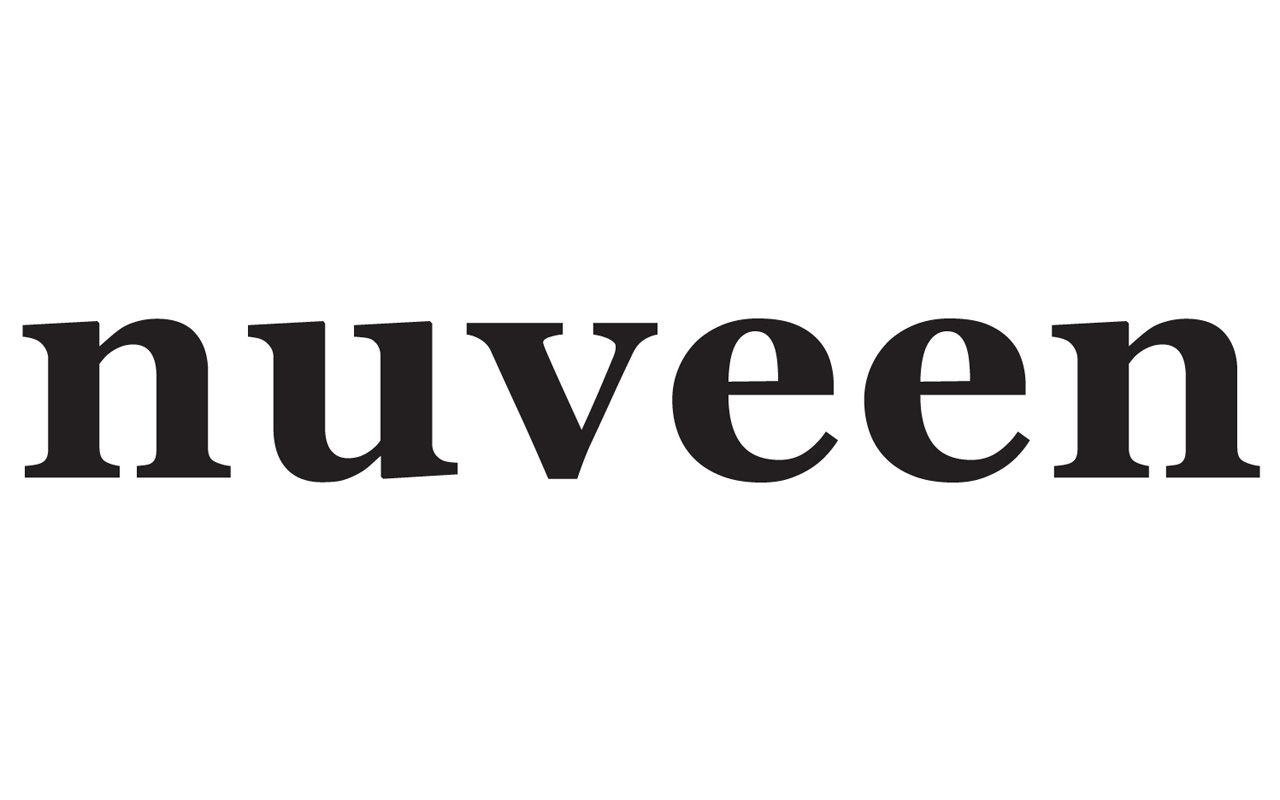
Nuveen Preferred & Income Term Fund
- Market value: $778.8 million
- Distribution rate: 7.0%
- Expenses: 0.67%
- The Nuveen Preferred & Income Term Fund’s (JPI, $23.28) 7% distribution should keep investors well taken care of all the way through 2024.
Wait … why 2024?
That’s the year the fund will liquidate. JPI is what’s called a “term closed-end fund,” which means its objective is to provide a regular dividend stream until its termination date. For JPI, that date is Aug. 31, 2024. On that date, JPI essentially will disband, selling all of its assets in an orderly fashion and distributing the proceeds as a one-time special dividend to all shareholders.
Term CEFs are popular with investors who just want stable income for a fixed period of time. They’re also popular because, the closer you get to the termination date, the more the fund’s discount to NAV will disappear. For that reason, term CEFs tend not to trade at ludicrous discounts or premiums, especially as their dates approach. That makes JPI’s 4% discount a rare opportunity to get a fund for a steal, collect the income and enjoy the additional boost to prices as the discount disappears with in the next six years.

iShares International Preferred Stock ETF
- Market value: $70.4 million
- SEC yield: 3.6%
- Expenses: 0.55%
The iShares International Preferred Stock ETF (IPFF, $17.50) is just what it sounds like: Essentially, it’s the PFF for international preferreds.
Preferred stocks aren’t very popular outside of America, so there simply aren’t many countries where the fund can find assets to buy. That’s partly why IPFF is heavily invested in Canada – 82% of its portfolio there, with another 10% in the U.K. The third-largest holding is preferreds within Guernsey – a Channel Island with a population of 63,026 that, along with other islands, forms a Crown dependency known as the Bailiwick of Guernsey.
A long way of saying, this fund really stretches for its holdings.
The Canadian focus means IPFF will actually benefit from rising oil prices. That’s because both the banks and energy firms that issue preferred shares profit from rising oil prices.
IPFF does have a very uneven dividend; it pays a 3.6% yield, but dividends will vary heavily based on movements in the U.S. dollar. Thus, IPFF investors must be patient with changes in their payouts.
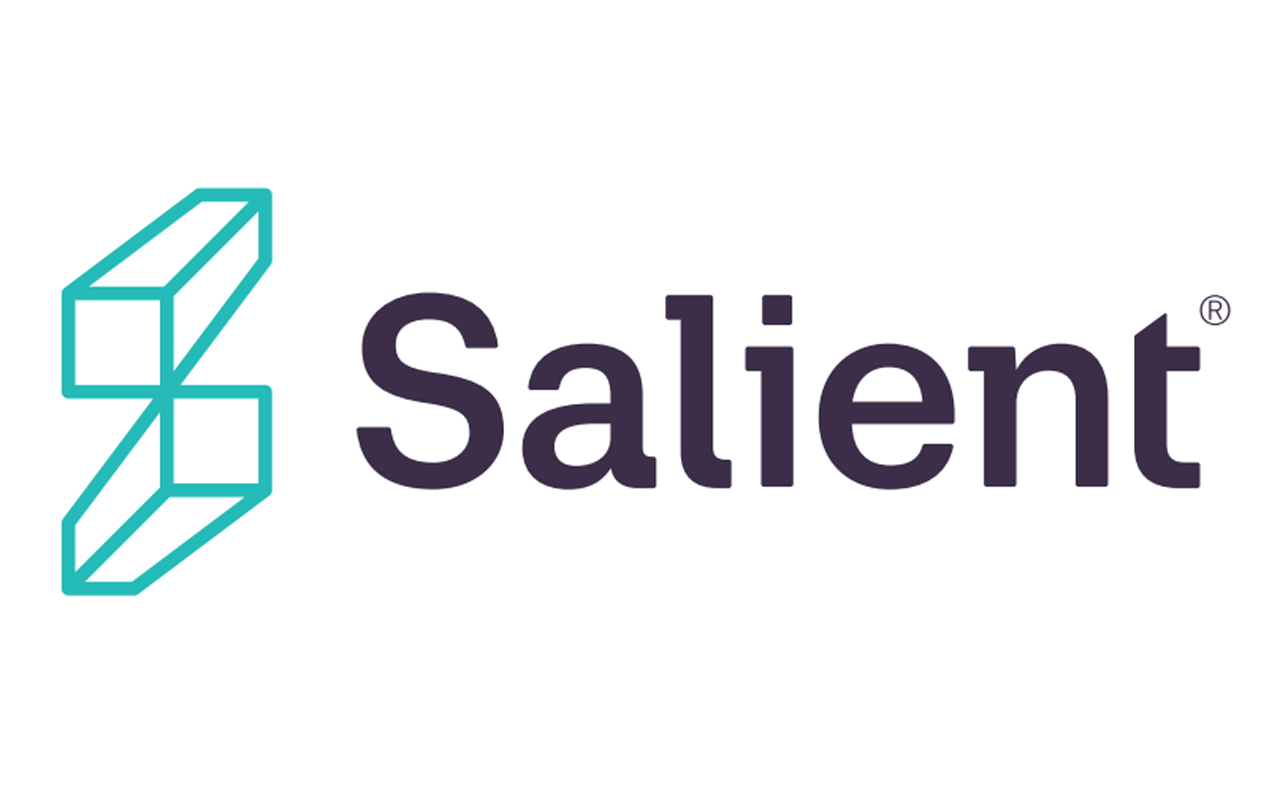
Salient Select Income Fund
- Market value: $605.7 million
- SEC yield: 4.5%
- Expenses: 1.52%
The only way you’ll be able to invest in preferred stocks in your 401(k) is via a mutual fund. There are a few such funds out there, though the Salient Select Income Fund (KIFAX, $21.39) is among the better (albeit more expensive) ones. KIFAX has averaged 8.9% in annual total returns over the past decade, putting it in the top 10% of similar funds in that time frame.
That’s in part because KIFAX isn’t a typical preferred fund. For one, the fund tends to focus on preferreds from real estate investment trusts. But more importantly, the company can invest not just in preferred stocks, but also in common stocks and bonds. That flexibility to diversify helps the fund maintain a strong income stream while also occasionally riding equity tailwinds. Also, the 100% U.S.-based portfolio means you aren’t exposed to any foreign economies or currencies.
The only catch is that you’ll pay for KIFAX. In addition to a 1.52% expense ratio that’s much higher than most CEFs and ETFs, investors also must deal with a front-end sales charge of up to 5.75%.

Cohen & Steers Low Duration Preferred & Income Fund
- Market value: $1.1 billion
- SEC yield: 4.3%
- Expenses: 0.9%
Even if you’re still convinced that preferreds may suffer because of the Federal Reserve’s interest-rate hikes, you can still invest in preferred stocks with a feeling of safety.
How? By purchasing low-duration preferred stocks.
The Cohen & Steers Low Duration Preferred & Income Fund (LPXAX, $9.94), with an effective duration of just about two years across the portfolio, does exactly that. LPXAX is heavily invested in short-term preferred stocks that are less sensitive to rising rates – and thus an attractive safe haven for investors when interest rates are expected to rise.
Just know that a shorter duration means a lower yield. LPXAX typically yields between 3% and 4%, which is much lower than most of the other funds on this list. It’s the trade-off you make for safety.

Virtus Infracap U.S. Preferred Stock ETF
- Market value: $2.6 million
- SEC yield: N/A
- Expenses: 1.36%
Virtus Investment Partners is a smaller asset manager focusing on a variety of assets, with a focus on high yield. Virtus Infracap U.S. Preferred Stock ETF (PFFA, $25.99) is their newest offering, launching in mid-May 2018.
PFFA is designed to invest in a variety of preferred stocks issued in America, including from master limited partnerships (MLPs) and REITs. So at the moment, top holdings include preferreds from companies such as Annaly Capital Management (NLY) and Energy Transfer Partners, LP (ETP). It will use modest amounts of leverage and typically hold about 100 securities.
And that’s about all we can definitively say about PFFA.
The fund is so young that is has only brought in about $2.6 million in assets, and it hasn’t even listed a yield yet. Thus, you don’t know what kind of income you’re going to get.
So, why bother with a new, untested fund? Because if you want high income, and you also believe both infrastructure investment and energy prices are going to rise, PFFA could pay off in spades. And there’s a good reason to think that scenario will play out; the economy still is growing, and both sides of the aisle in Washington want infrastructure spending. Greater demand for energy would help the MLP-tethered facets of the portfolio, giving you a little more oomph than other funds investing in preferred stocks.
Profit and prosper with the best of Kiplinger's advice on investing, taxes, retirement, personal finance and much more. Delivered daily. Enter your email in the box and click Sign Me Up.

-
 Gold and Silver Shine as Stocks Chop: Stock Market Today
Gold and Silver Shine as Stocks Chop: Stock Market TodayStocks struggled in Friday's low-volume session, but the losses weren't enough to put the Santa Claus Rally at risk.
-
 Don't Wait Until January: Your Year-End Health Checklist to Kickstart 2026
Don't Wait Until January: Your Year-End Health Checklist to Kickstart 2026Skip the fleeting resolutions and start the new year with a proactive plan to optimize your longevity, cognitive health, and social vitality.
-
 Premium Rewards Cards: More Perks, Higher Fees
Premium Rewards Cards: More Perks, Higher FeesSome issuers are hiking the annual fee on their flagship luxury credit cards by hundreds of dollars. Are they still worth using?
-
 What Fed Rate Cuts Mean For Fixed-Income Investors
What Fed Rate Cuts Mean For Fixed-Income InvestorsThe Fed's rate-cutting campaign has the fixed-income market set for an encore of Q4 2024.
-
 The Most Tax-Friendly States for Investing in 2025 (Hint: There Are Two)
The Most Tax-Friendly States for Investing in 2025 (Hint: There Are Two)State Taxes Living in one of these places could lower your 2025 investment taxes — especially if you invest in real estate.
-
 The Final Countdown for Retirees with Investment Income
The Final Countdown for Retirees with Investment IncomeRetirement Tax Don’t assume Social Security withholding is enough. Some retirement income may require a quarterly estimated tax payment by the September 15 deadline.
-
 Stock Market Today: Nasdaq Hits a New High as Nvidia Soars
Stock Market Today: Nasdaq Hits a New High as Nvidia SoarsA big day for Nvidia boosted the Nasdaq, but bank stocks created headwinds for the S&P 500.
-
 The 24 Cheapest Places To Retire in the US
The 24 Cheapest Places To Retire in the USWhen you're trying to balance a fixed income with an enjoyable retirement, the cost of living is a crucial factor to consider. Is your city the best?
-
 Wells Fargo Stock Falls Despite Q2 Beat: Buy, Sell or Hold?
Wells Fargo Stock Falls Despite Q2 Beat: Buy, Sell or Hold?Wells Fargo stock is down despite reporting better-than-expected second-quarter earnings results. Here’s what you need to know.
-
 Dividends Are in a Rut
Dividends Are in a RutDividends may be going through a rough patch, but income investors should exercise patience.
-
 Bond Basics: Zero-Coupon Bonds
Bond Basics: Zero-Coupon Bondsinvesting These investments are attractive only to a select few. Find out if they're right for you.
